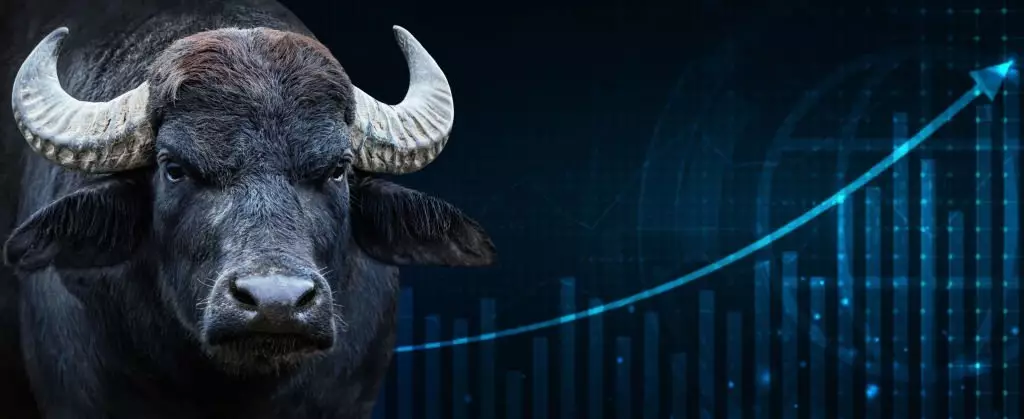Cardano (ADA), known for its scalability and technological advancements, has seen significant progress in the cryptocurrency market. A recent report by Messari highlights Cardano’s achievements in Q2 2023, solidifying its position as a leading player in the industry. This article delves into the insights provided by the report and explores the potential of Cardano in reshaping the blockchain technology landscape.
According to the Messari report, Cardano experienced substantial growth in stablecoin value, with a 34.9% quarter-over-quarter (QoQ) increase and an impressive 382.1% year-to-date (YTD) surge. Indigo Protocol emerged as a frontrunner in stablecoin and synthetic asset issuance, establishing its dominance in this space. These metrics demonstrate Cardano’s ability to foster a robust ecosystem and support the growth of decentralized finance (DeFi) and non-fungible tokens (NFTs).
Shifting Total Value Locked (TVL)
The Total Value Locked (TVL) on Cardano witnessed a shift towards newer projects, with protocols created in the past six months accounting for 47.4% of TVL dominance in Q2. The TVL in USD rose by 9.7% QoQ and an impressive 198.6% YTD. In terms of TVL ranking, Cardano climbed from 34th to 21st across all chains in 2023. This upward trend reflects the increasing confidence and participation of users in the Cardano ecosystem.
Average daily decentralized application (dapp) transactions on Cardano experienced a significant surge of 49% QoQ, marking the third consecutive quarterly increase. Minswap, an automated market maker (AMM), showcased the largest absolute growth in transaction volume. The popularity of Minswap in Q2 surpassed that of the leading NFT marketplace, jpg.store. This shift in dapp transactions indicates the rising prominence of DeFi activities compared to NFTs. Overall, Cardano witnessed a substantial 49.0% QoQ increase in dapp transactions, averaging 57,900 daily transactions.
In contrast to the growth in dapp transactions, NFT metrics experienced a decline in Q2. Average daily NFT transactions dropped by 35.7% QoQ to 2,900, and the total quarterly trading volume fell by 41.9% QoQ to $46.2 million. This downward trend is consistent with the broader market, where even blue-chip collection floor prices declined in 2023. Despite the decline, jpg.store remained the dominant player in the NFT marketplace with a 98% market share. However, unique buyers continued to drive NFT activity, while a relatively small number of sellers served this larger pool of buyers.
Expansion in DeFi and Other Sectors
Cardano demonstrated expansion across various sectors, particularly in decentralized finance (DeFi). Protocols for swaps, stablecoins, synthetics, and unique Cardano-centric services like lending and staking power emerged alongside existing incumbents. This growth and diversification across sectors in Q2 highlight the potential of Cardano to become a comprehensive blockchain platform that caters to multiple needs.
Cardano’s second quarter showcased substantial growth and diversification, reinforcing its position as a prominent player in the crypto market. Despite the decline in NFT metrics, Cardano’s ecosystem demonstrated resilience and competition among protocols, highlighting its ability to adapt to market dynamics. However, Cardano’s native token, ADA, has experienced a decline in line with the broader market trend since reaching its yearly peak in April 2023. ADA is currently trading at $0.2933, reflecting a 1.4% decrease in the past 24 hours and a nearly 6% decline over the last fourteen days.
Cardano’s progress in Q2 2023 signifies its potential to reshape the blockchain technology landscape. The growth in stablecoin value, the shift in TVL towards newer projects, and the surge in average daily dapp transactions demonstrate Cardano’s ability to foster a robust ecosystem. While NFT metrics experienced a decline in Q2, the expansion in DeFi and other sectors showcases Cardano’s adaptability and potential for long-term growth. As the cryptocurrency market continues to evolve, Cardano remains well-positioned to drive innovation and redefine the future of blockchain technology.


Leave a Reply